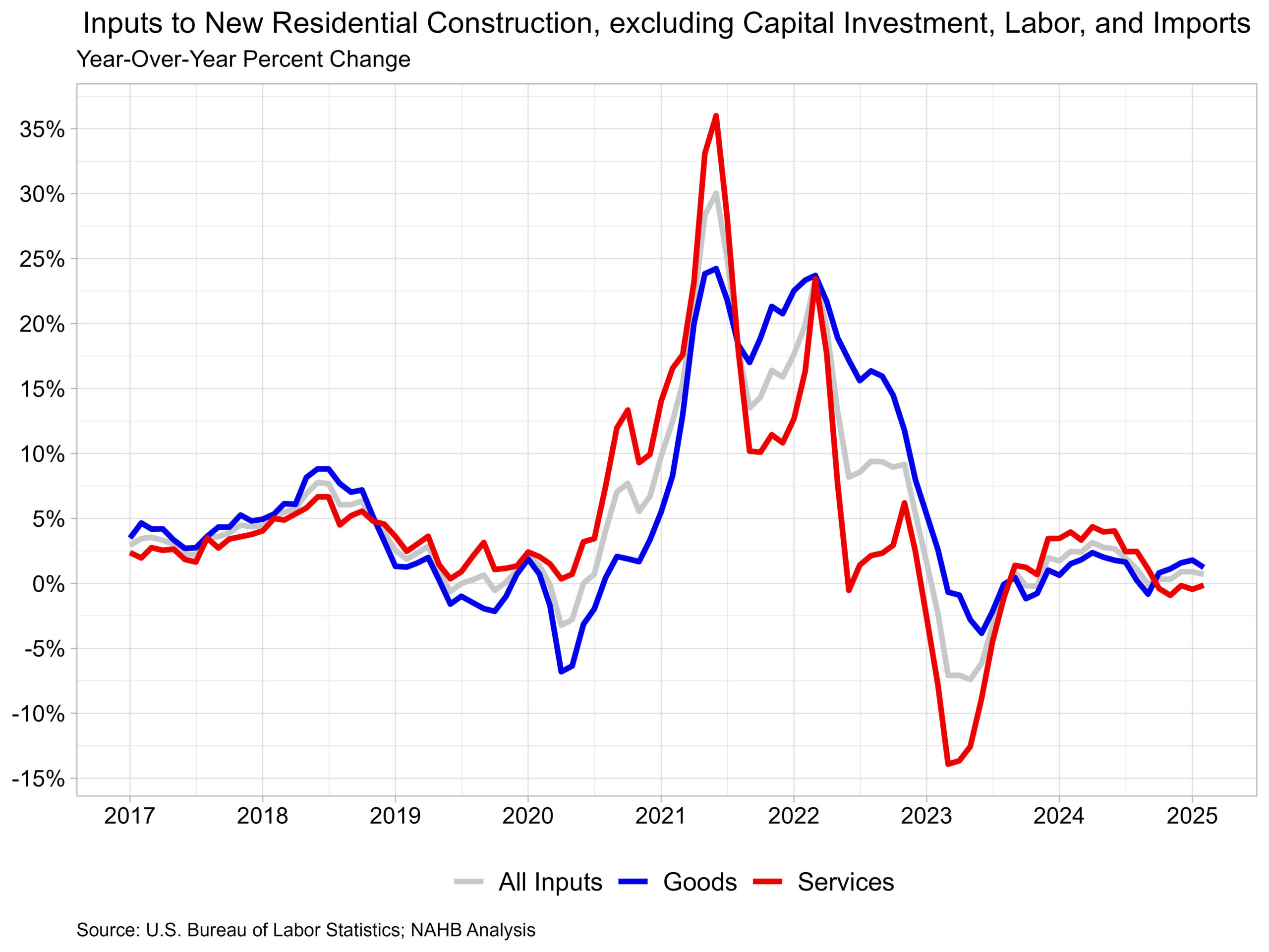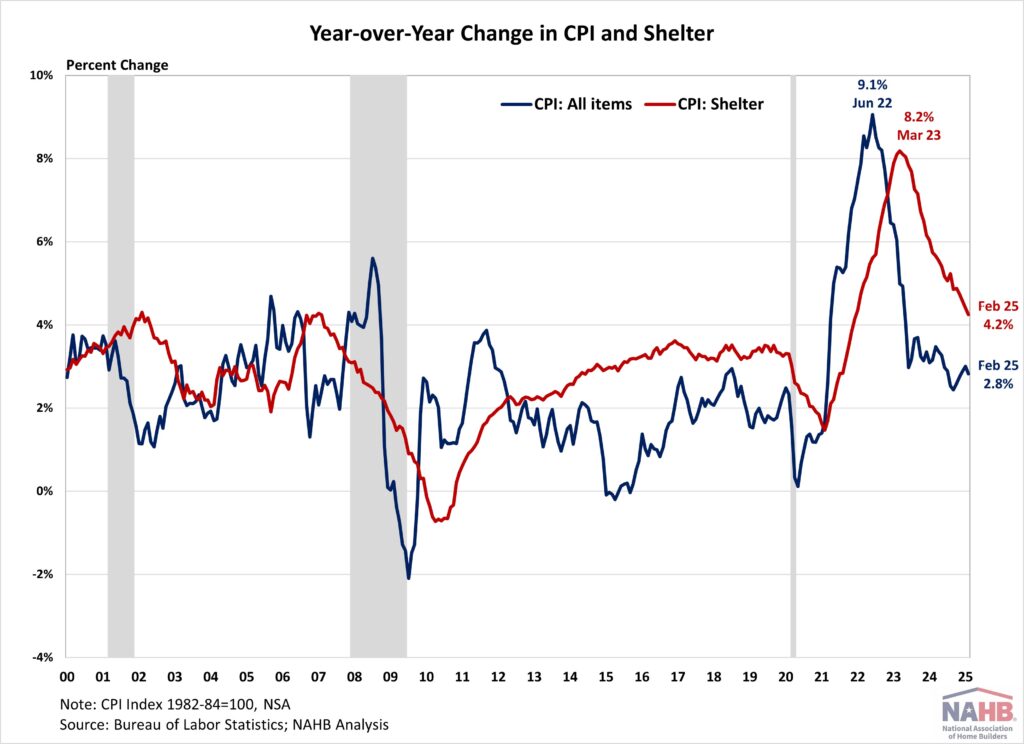Real Estate Asset Value Falls Again
Jesse Wade2025-03-14T10:18:17-05:00The market value of household real estate assets fell from $48.5 trillion to $48.1 trillion in the fourth quarter of 2024, according to the most recent release of U.S. Federal Reserve Z.1 Financial Accounts. Household real estate assets value have fallen for two consecutive quarters after peaking at $48.7 trillion in the second quarter of 2024. However, household real estate assets were 7.0% higher over the year in the fourth quarter following a 7.1% increase in the third quarter. Real estate secured liabilities of households’ balance sheets, i.e. mortgages, home equity loans, and HELOCs, increased 0.8% over the fourth quarter to $13.3 trillion. This level is 2.6% higher compared to the fourth quarter of 2023, the same year-over-year increase as the third quarter. Owners’ equity share of real estate assets 1 remained above 72% for the fourth straight quarter. The share in the fourth quarter of 2024 was 72.2%, down from a peak of 73.0% just two quarters ago. Owners’ equity as a percentage of household real estate; Difference between assets and liabilities as a share of assets Discover more from Eye On Housing Subscribe to get the latest posts sent to your email.





